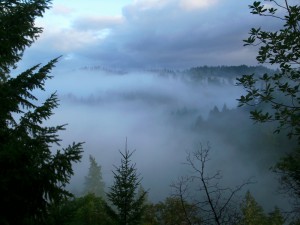When you’re sitting in the airport waiting for a flight, it’s fun to look around you for typical airport fauna. I’m sitting here in San Francisco airport, looking around (keeping quiet so as not to scare the fauna away), and here’s what I see:
— Largemouth Cellphoner: The loud braying call first drew my attention to this male of the species. This typical individual has all the diagnostic field marks: potbelly, self-important air, aggressive strutting walk, expensive but schlubby clothes. However, this individual is exhibiting atypical behavior: he is off in a quiet corner instead of giving his loud call in a densely packed public space.
— Hunchback Gamer: This species is most often found close to a power outlet, and this individual is no exception. She exhibits the typical behavior of the species, hunched over a laptop playing a video game, earphones in place, completely oblivious to the world. Given how shut off from the world the species always appears, one does wonder how they find mates.
— Redfaced Bigmouthed Boobies: A mated couple of this species, a close relative of the Largemouth Cellphoner, are currently shouting across the terminal to each other: “What did you do to this phone?” “Nothing!” “Every time you touch this, it breaks!” Diagnostic field marks include faces red from anger, and aggressive behavior towards others of the same species.
— Common Geek: This individual is a fairly common color morph of khakis and blue button-down shirt. The individual is exhibiting the common behavior of typing madly at a laptop while ignoring his mate. Oh wait: I’m actually staring into a mirror here.


